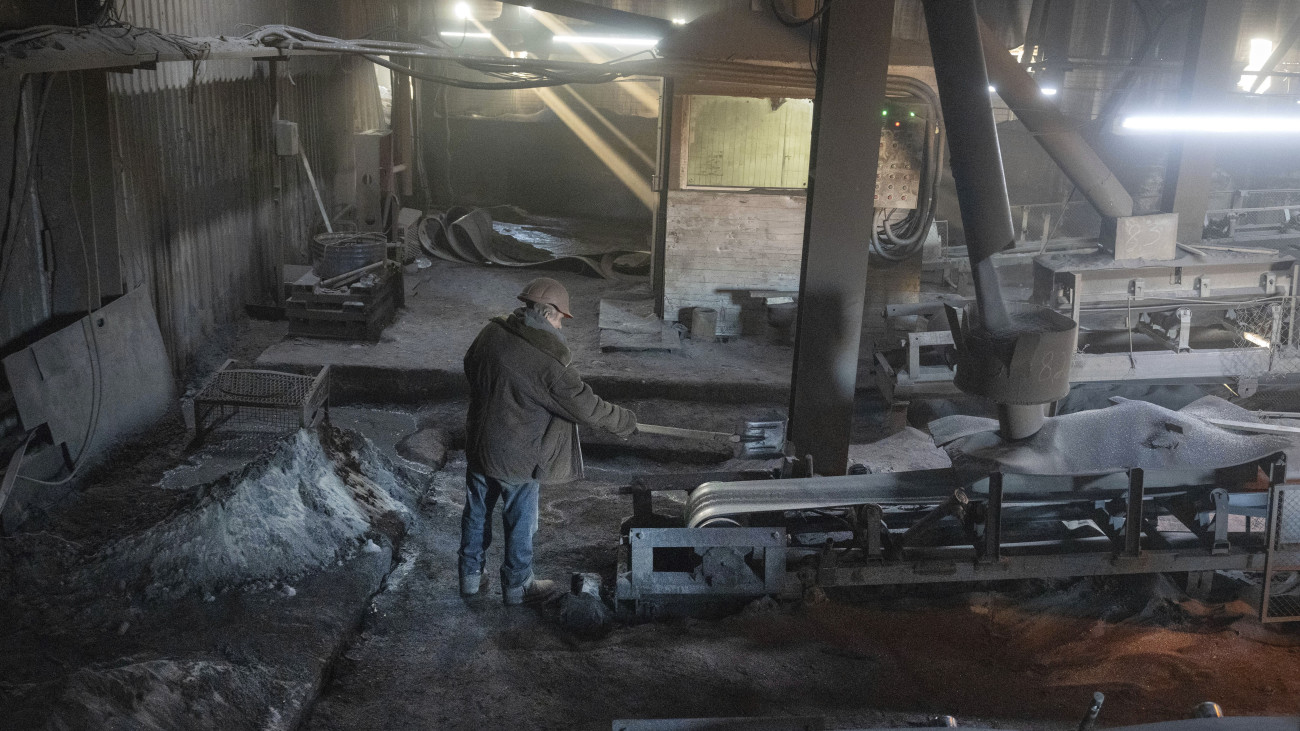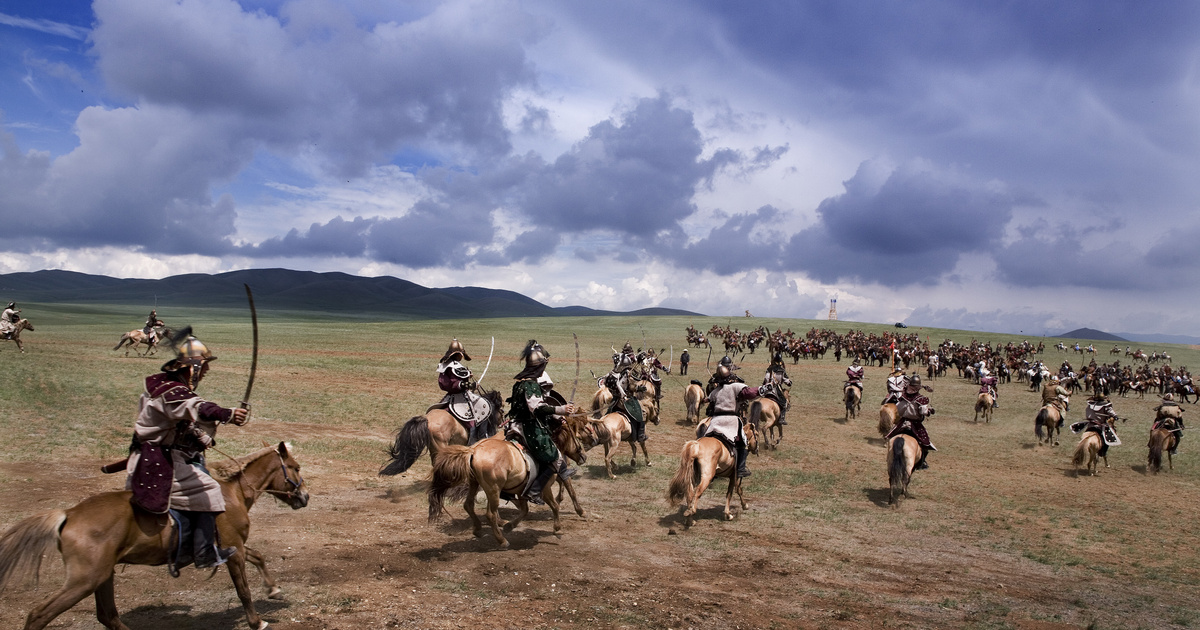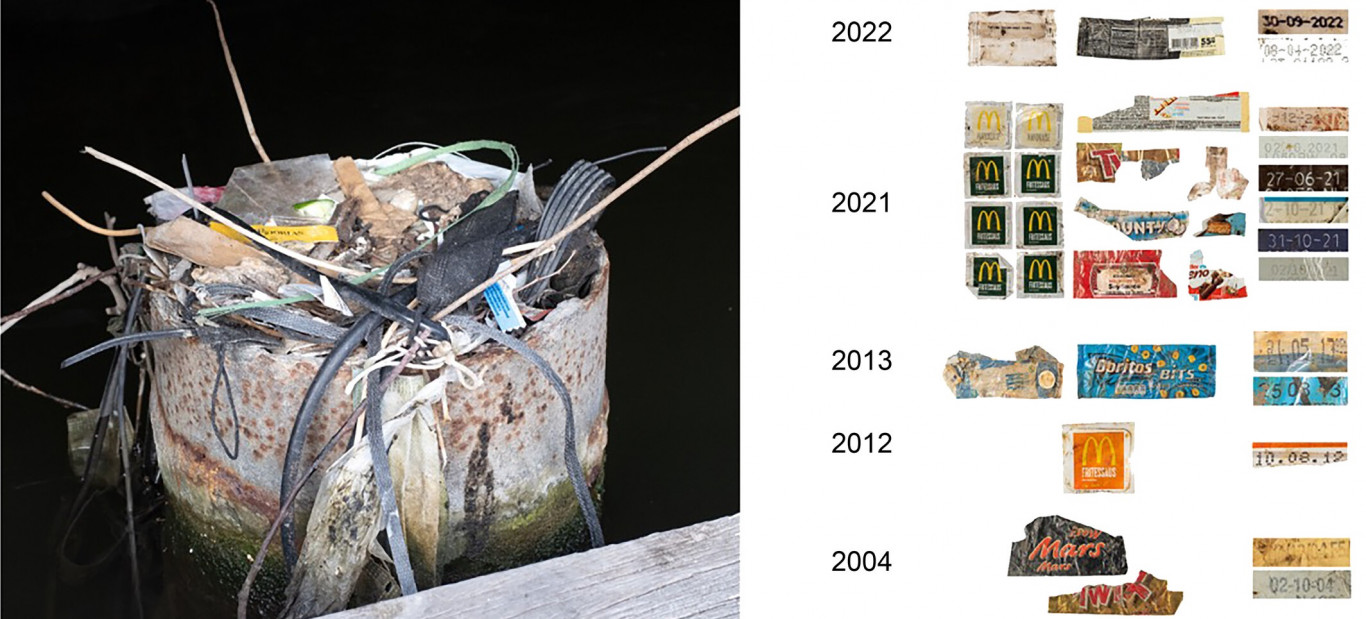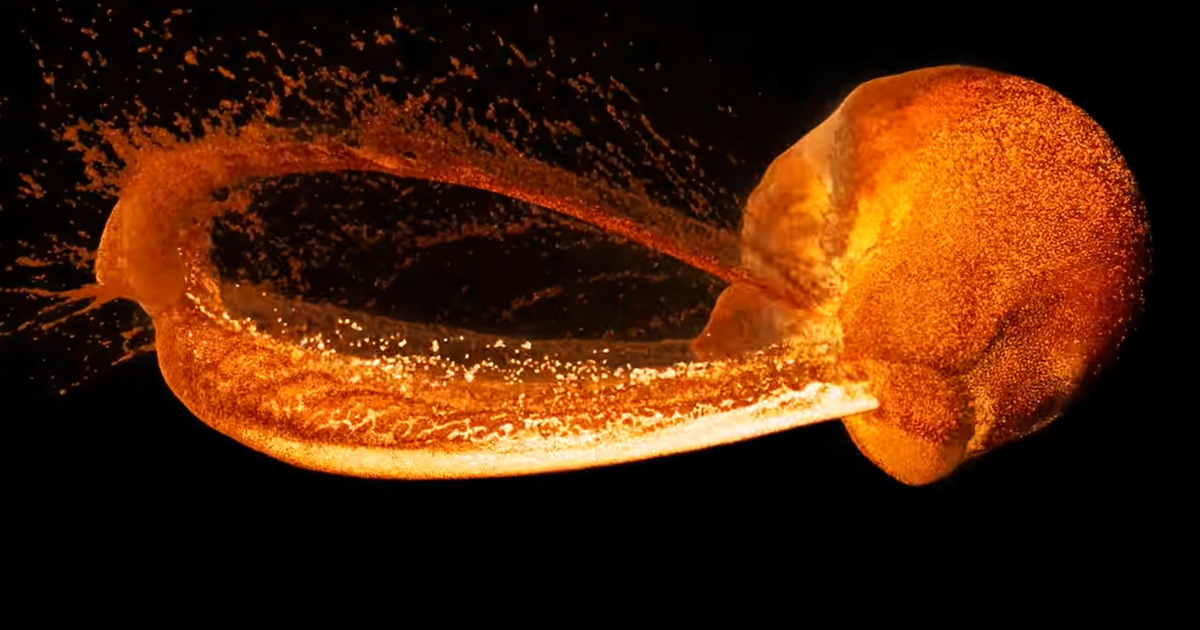4.5 billion years ago, the Earth didn’t have a moon, and suddenly it happened. The moon played a major role in the origin of life. We don’t know the exact date of its origin, and we will never know, but we can model it using more and more powerful simulations.
The Moon is a special celestial body in many ways, like it can hardly be found in other star systems. It’s too big for its planet, and it’s too big for it It has a similar compositionis also the densest moon in the solar system, and contains the largest proportion of rocks.
According to one of the most widely accepted scenarios, about one hundred and fifty million years after the birth of the solar system, shortly after the formation of our planet, a colossal cosmic collision occurred. Earth collided with the protoplanet Theia, a size similar to Mars, moving in a parallel orbit, possibly at one of its gravitational equilibrium points. According to a theory established in the 1980s, the Moon formed from material ejected during the impact from debris collected over hundreds of years.
This idea was supported by rock samples returned by the Apollo missions, which were found to be very similar in isotopic composition to the oldest minerals on Earth.
However, according to new, precisely calibrated supercomputer simulations by NASA and Durham University, the core part of the moon’s formation took only a few hours. The Astrophysical Journal LettersThe published work is the highest simulation performed to date. This is important because without the proper resolution, the realisticness of the model is as if a real car crash tested with a Lego car mounted on a wall.
The simulation’s visualization is very similar to a fruit shot in very slow motion. The Earth behaves like a flowing ball of plasma, and the matter scattered from it during the collision almost instantly splits into two pieces, the bulk of which falls back into the planet. The smaller piece flies away from gravity and continues to spin, becoming the moon.
Initially, the Moon was in a much closer orbit, so the tides it created were several times the current orbit, but this moved the oceans rich in dissolved matter with a force enough for life. During the billions of years that have passed in the meantime, it has moved away to its present position, meanwhile holding back the Earth’s rotation, as the previous six days have been extended to 24 hours.
Well done on the new simulation anyway It seemsIn contrast to previous assumptions, an asteroid field formed from planetary debris did not form, which formed rings and then the Moon, the process was much more intense and faster.












































